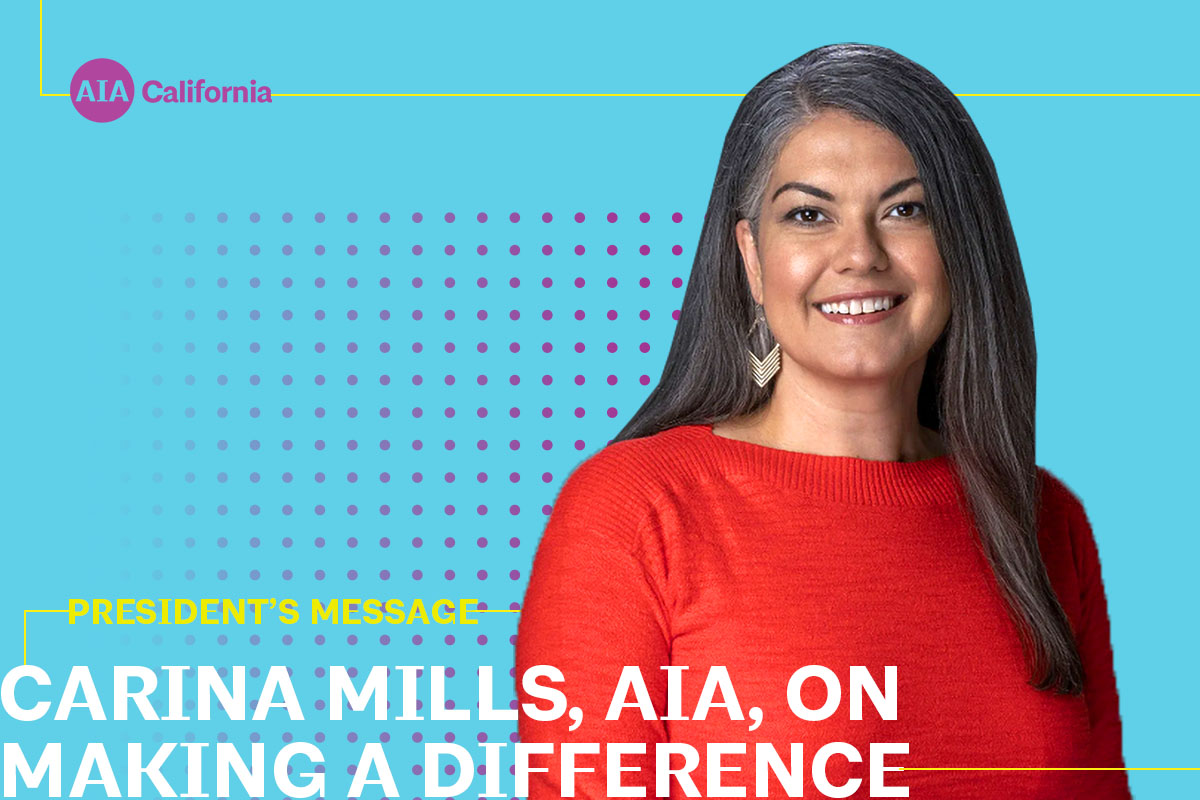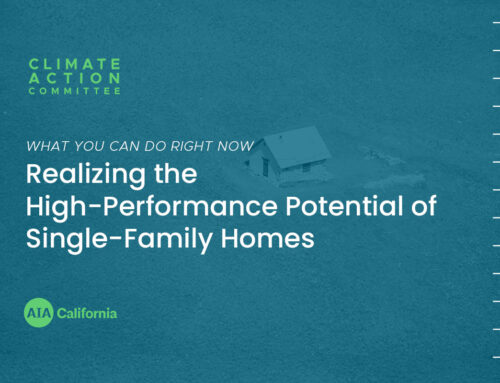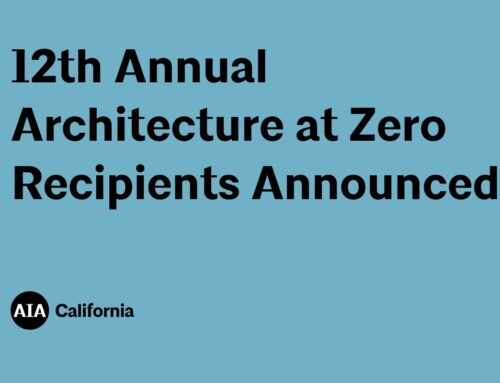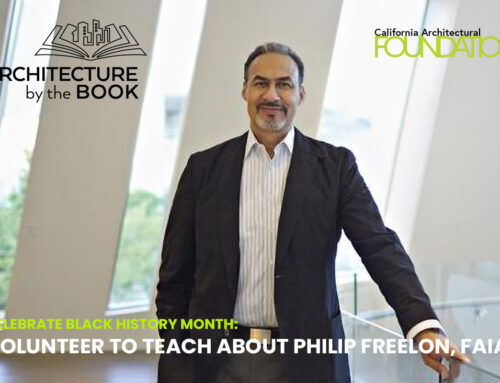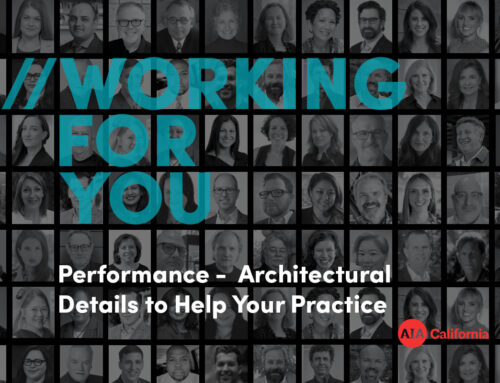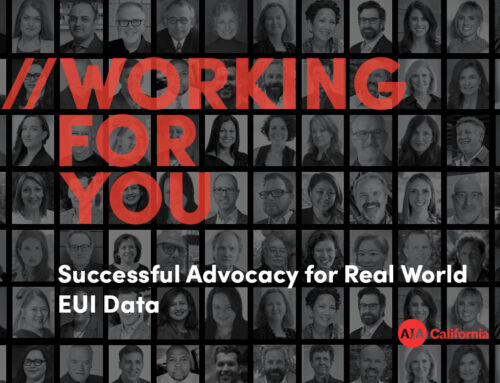//byline Carina Mills, AIA – 2025 AIA CA President January 30, 2025 I can’t help but appreciate the renewal that the new year ushers in, even when it brings unexpected chaos and tragedy. 2025 and the year of the snake marks the beginning of my tenth year in AIA leadership, and while it has been a consistent progression from local board member to AIA California President, I am reminded that many of you may be wondering, how did I get here? So many of us are trying to make a difference in this world, and there are countless avenues to pursue that dream. For me, for as long as I can remember, I wanted to be an architect. I also knew I never wanted to be someone who resented their job because I saw how that dissatisfaction could spread. It wasn’t until I was well through architecture school that I realized these goals may be in opposition. As a student and a young professional, my ambition was to prove that I could navigate the most technically challenging projects, and for the most part I felt I was succeeding. Despite my personal sense of accomplishment, I was surrounded by disappointed peers, and I could never ignore it. After my first year of working full-time I reached out to my peers with this bleak question “Does anyone like their job?” I got one reply and moved to that firm where I spent almost 7 years. Even in that environment, I saw talented and passionate problem solvers put to task on executing a project as if it were a manufacturing line. A few of the most senior staff had the privilege of knowing a project from infancy to completion, but most were told to put their head down and follow the tradition of learning as if we were still at drafting desks. This was the era of transitioning from linework to building digital models, but leaders seemed to assume the learning curve was unchanged. The value that the young digital natives brought to this monumental shift in the way we execute our work was too often overlooked and underappreciated. What happens when people don’t feel valued? Helping us collectively feel happier about our contribution to the work process and product gradually became my cause. I wanted to put an end to bragging about late nights and unrealistic demands because I had been able to protect my own health and personal time – so I felt it was possible. Today, I believe we are called to save our planet and to treat each other with compassion and respect, and the January fires remind me we cannot do one without the other. The future depends on the actions we take now just as surely as the crisis of today stems from past negligence. There is plenty of hope to be had! Just as consistent as our new-year reminders to do better; we have more bright, passionate, and innovative students graduating each year. How do we plan to respond to their passion? How will we empower or discourage them? Last year, AIA California launched a campaign to help our culture shift towards the direction we need it to move, and January reminded us that we need to do more than talk about the change we need. If we are pursuing a significant change, where do we start or how do we double down when we feel stalled? In many of our initiatives the first action is to take inventory – to be honest with ourselves about where we are. Denial of our problems persists because all of us have blind spots of some kind, and to address this, we have a simple assessment tool coming soon to help grow the Culture Shift momentum. When I began my leadership life with AIA, promoting the role of the citizen architect was a national campaign in full force. I latched onto the idea that the design of ideas and programs can create a better society, and in my pursuit of that goal I found my role as Senior Director of Talent Management. I describe the responsibilities of that role as the bridge between HR and operations leadership. Just as AIA asks our mayors to bring an architect on staff to bring design thinking to the needs of civic leadership, I hope that more firms will also see the value of dedicating an architect to designing a better practice. What does that better practice look like? See the ten action items of the Culture Shift pledge. I do believe, will all my heart, that we can make the shift and be the profession the future needs us to be.
AIA CaliforniaRead More

